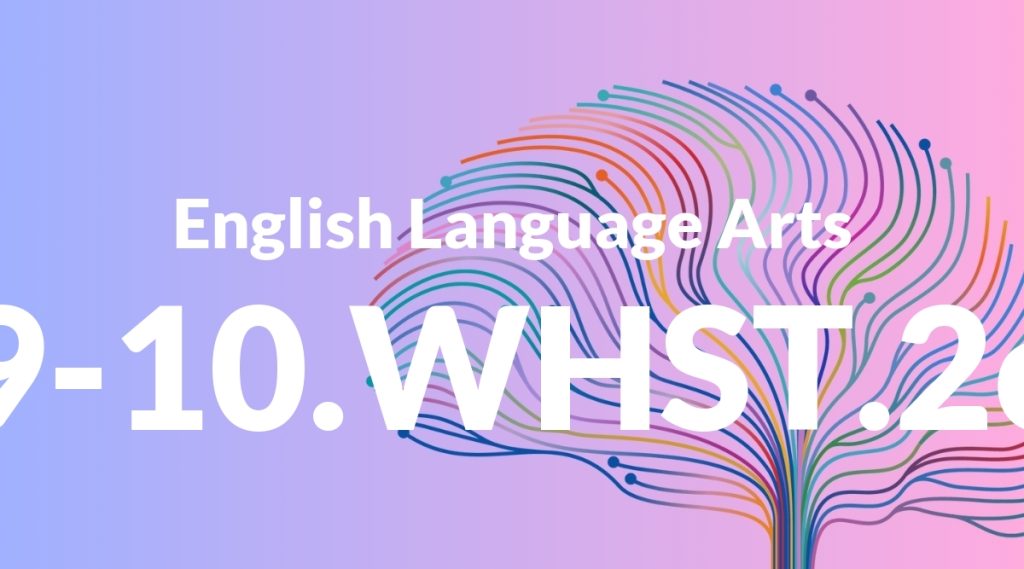Standard: 9-10.WHST.2c – Use varied transitions and sentence structures to link the major sections of the text, create cohesion, and clarify the relationships among ideas and concepts.
Grade level: Grade 9-10
Subject: English Language Arts
Domain: Writing: History, Science & Technical Subjects
Teacher Overview
This standard emphasizes the importance of using varied transitions and sentence structures to create a cohesive and clear piece of writing. Mastery of this standard will help students connect ideas and concepts effectively, which is crucial for writing in history, science, and technical subjects. Students should already know how to construct basic sentences and paragraphs, and use simple transitions to connect ideas.
After mastering this standard, students will be able to write more sophisticated texts that are well-organized and clearly convey complex ideas, preparing them for advanced writing tasks in various subjects.
Common Misconception 1
A common misconception is that students believe using a wide variety of transitions is key, rather than focusing on the appropriateness of each transition for their specific context. This can lead to disjointed writing that lacks clarity.
Intervention 1
Provide students with examples of effective use of transitions in various contexts and practice exercises where they choose the most appropriate transitions for given sentences.
Common Misconception 2
Another misconception is that sentence variety is solely about varying sentence length. Students often overlook the importance of using different sentence structures to enhance their writing’s flow and effectiveness.
Intervention 2
Use sentence combining exercises to show how different structures can be used to achieve variety and improve clarity. Provide models of well-structured paragraphs for analysis.
Prerequisite Knowledge
Students should have a basic understanding of sentence structure, paragraph organization, and the use of simple transitions in writing.
Subsequent Knowledge
Students will develop advanced writing skills, including the ability to craft complex arguments, enhance their writing style, and improve overall coherence in longer texts.
Instructional Activities
- Sentence combining exercises to practice creating complex sentences.
- Paragraph revision activities focusing on improving transitions and coherence.
- Peer review sessions where students give feedback on each other’s use of transitions and sentence structures.
- Writing assignments that require students to link sections of text with appropriate transitions.




